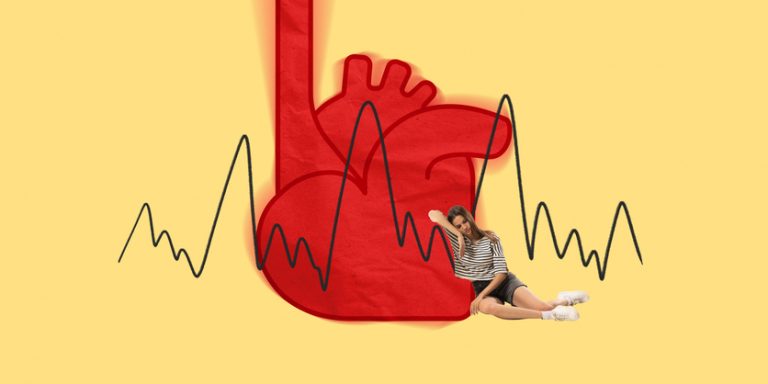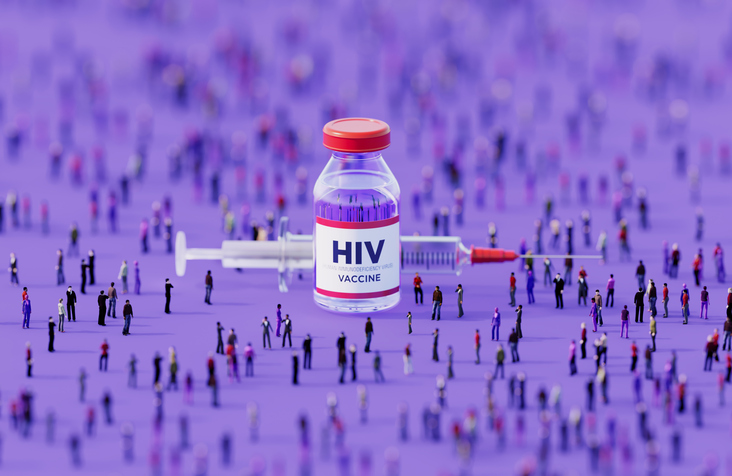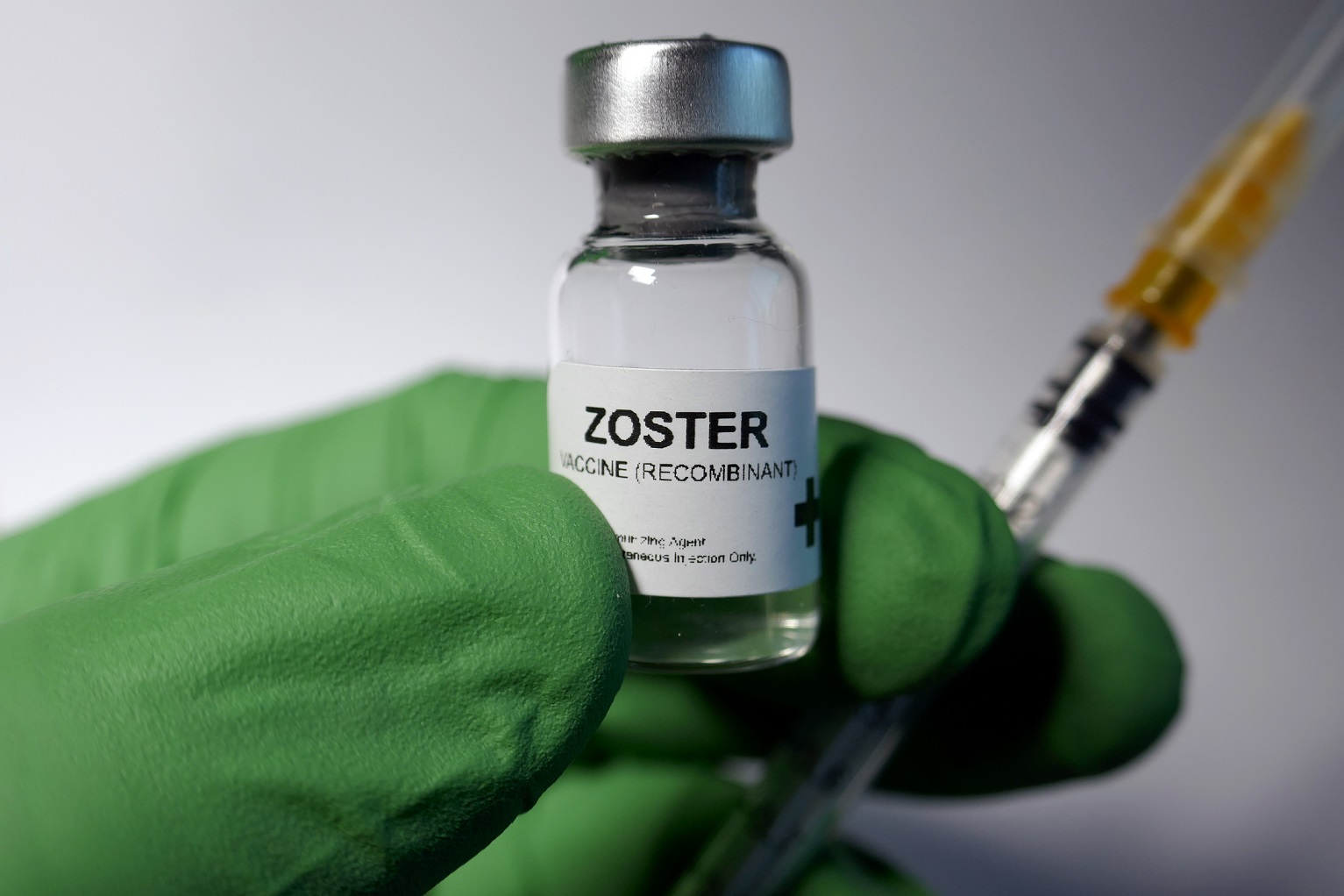A new population-based study conducted by researchers at Harvard-affiliated Mass General Brigham has found that cardiac deaths have increased significantly since the onset of the COVID-19 pandemic, with many occurring in homes rather than hospitals. Published May 30, 2025 in JAMA Network Open, the study offers one of the most comprehensive analyses to date examining population-level cardiac mortality over the past decade.1
“In this population-based cohort study of Massachusetts decedents, we found cardiac deaths increased substantially starting in 2020, with exaggerated seasonal patterns and increases in deaths at home,” the researchers wrote. Using death certificate data from Massachusetts between 2014 and mid-2024, the research team compared observed cardiac mortality rates with expected trends. From 2020 to 2023, cardiac deaths remained significantly above baseline levels, rising as much as 17 percent higher than expected in multiple years.1
The study findings “highlight potential shortcomings of cardiac care during and in the years following the height of the pandemic, suggesting opportunities to better treat and prevent cardiac events in people at risk,” according to a May 30 press release from Mass General Brigham.2
As for why an increase in deaths occurred in homes instead of care settings, researchers hypothesize that a combination of fear, limited access, and reduced healthcare services during the pandemic may have led people to avoid hospitals, resulting in some cardiac events that might have been treatable instead becoming fatal at home. As the study notes, “This study design cannot distinguish among causes of increased cardiac death (eg, effects of hospital and outpatient capacity limitations, hospital avoidance, or other potential causes).”1
More Cardiac Deaths are Happening at Home
While some data suggest a decline in heart attacks and cardiac deaths since 2020—giving the impression that these events are decreasing in the U.S.—this new study reveals a trend alarming providers: despite fewer hospital-treated heart attacks, significantly more people are dying from cardiac events at home over the past few years.2
“Lots of reports have shown that there have been fewer heart attacks in hospitals since 2020—but something seems to be missing from that data,” said Jason Wasfy, MD, director of Outcomes Research at Massachusetts General Hospital. “Today there are a lot more people dying from cardiac events at home, which also raises the concern that people with heart disease haven’t been getting the care they need since the pandemic.” This shift challenges long-standing assumptions about where and how cardiac events are captured in public health data. It also reveals the limitations of relying solely on hospital-based data, which may minimize the broader impacts of these growing trends. As senior author, John Hsu, MD noted, “Had we not examined mortality using death certificate data, the increases in population cardiac mortality could have gone unnoticed.”2
While the study does not definitively explain the continued rise in at-home cardiac deaths in the years following the pandemic, study authors suggest that there are lingering post-pandemic disruptions in national healthcare that may still be influencing negative health outcomes. Research from the U.S. Centers for Disease Control and Prevention (CDC) in 2020, for example, found that 40 percent of Americans delayed or avoided seeking medical care at the start of the pandemic, with 12 percent choosing to avoid emergency rooms. The authors note, “Cardiac mortality has increased in Massachusetts and persisted for years after the onset of the COVID-19 pandemic, with shifts in the location of deaths,” and they added that “further work is needed to improve the resilience of cardiac care during future pandemics.”3
Another possible contributing factor is delayed care for untreated conditions, such as chronic illnesses that contribute to heart disease—including hypertension and diabetes—may have worsened due to missed screenings, interrupted treatment, or reluctance to seek medical care during lockdowns that persisted beyond the pandemic. “Healthcare systems around the world have experienced multiple shocks since 2020,” Dr. Hsu said. “Our findings suggest that both patient choices about seeking care and outcomes after experiencing a cardiac emergency also have changed.”2
Mounting Studies Explore Heart Risks Tied to mRNA COVID Biologics
The data generation by the study adds to a growing body of evidence examining potential cardiovascular risks—particularly in younger people—associated with the mRNA COVID shots. A 2024 report highlighted a troubling 66 percent increase in heart attacks among young adults over the previous four years, with one in five cases now occurring in individuals under age 40. Experts have pointed to multiple contributing factors, including lifestyle changes, infection-related complications, and possible links to mRNA vaccination, which has been associated with serious conditions like myocarditis and pericarditis, especially in younger males.4
In February 2024, a large-scale, peer-reviewed study published in Vaccine by researchers from the Global Vaccine Data Network—an international collaboration that includes the World Health Organization—analyzed data from over 99 million individuals across eight countries. The study identified statistically significant associations between COVID vaccines (including vaccines manufactured by Pfizer, Moderna, and AstraZeneca) and 13 adverse outcomes, such as myocarditis, pericarditis, blood clots in the brain, Guillain-Barré syndrome, and other neurological and hematologic disorders. While the authors noted that these outcomes remain “rare,” the scale and precision of the study have prompted renewed calls for ongoing vaccine safety surveillance and transparent risk-benefit analyses, especially among lower-risk populations such as young men and adolescents.5
Study Follows Recent FDA Update Requiring Updated Warning Labels on COVID Shots
Just weeks before the release of the cardiac mortality study, the U.S. Food and Drug Administration (FDA) directed vaccine manufacturers Pfizer and Moderna to revise their COVID-19 shot warning labels to include the risk of heart inflammation. The update, applicable to the current 2023–2024 mRNA vaccine formulas, specifically cites the increased risk of myocarditis and pericarditis—particularly in adolescent boys and young adult men. “Following administration of the 2023–2024 formula of mRNA COVID shots, the highest estimated incidence of myocarditis and/or pericarditis was in males 16 through 25 years of age,” the FDA states in its revised labeling, now required for both mRNA COVID biological products. This move follows mounting post-marketing surveillance data and a litany of studies documenting the elevated risk of myocarditis in young males, particularly after the second dose of an mRNA vaccine.6
Cardiac Mortality Study Does Not Include Vaccination Status
Notably, the May 30 cardiac mortality study did not collect or analyze COVID-19 vaccination status or prior SARS-CoV-2 infection history. As a result, it cannot determine whether recognized and widely documented COVID infection and vaccine-associated cardiac risks—such as myocarditis or pericarditis—played any role in the observed increase in cardiac deaths. Without integrating vaccination records, COVID infection data, and individual clinical histories into mortality analyses, it remains difficult to assess possible causal relationships or contributing factors.1
If you would like to receive an e-mail notice of the most recent articles published in The Vaccine Reaction each week, click here.
Click here to view References:1 Wasfy JH, Lin Y, Price M, Newhouse JP, Blacker D, Hsu J. Postpandemic Cardiac Mortality Rates. JAMA Netw Open 2025; 8(5): e2512919.
2 Press Release. At-home heart attacks: Cardiac deaths rise since COVID-19 pandemic. Mass General Brigham May 30, 2024.
3 Joshu Sterne E. Doctors sound alarm over massive spike in Americans suddenly dropping dead from unexplained heart attacks. The Daily Mail May 30, 2025.
4 Parpia R. Alarming Rise in in Heart Attack Rates Among Young Adults in U.S. The Vaccine Reaction Oct. 14, 2024.
5 Office for National Statistics. Risk of death following COVID-19 vaccination or positive SARS-CoV-2 test in young people. Dec. 8, 2020 to May 25, 2022.
6 Tin A. FDA expands COVID vaccine warning about heart side effect risk for young males. CBS News May 21, 2025.












